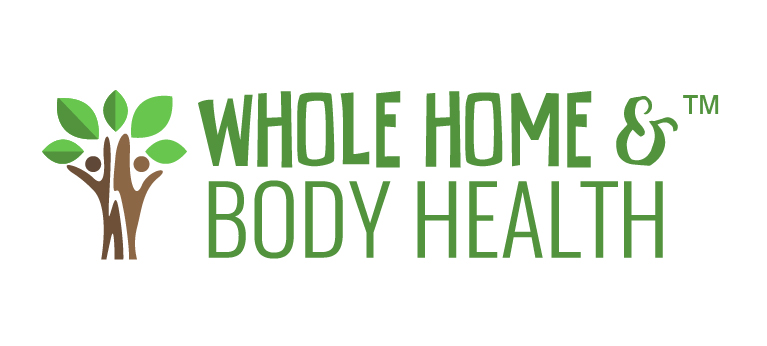We often get calls from people that have found mold in their homes or workplaces. “Will you come test it? It’s ‘black’ mold and I’m afraid it’s toxic.” To that question, I usually say, “Why test? You have mold, you need to get rid of it, period.”
There is a perception out there that if you have ‘black’ mold in your home, you’re doomed. Or that black mold is toxic and can cause severe health issues and it’s more or less the end of the world for you. What we need to understand is that the color of the mold doesn’t necessarily mean it’s bad, or good. Mold can show up as nearly any color. I’ve seen black, white, yellow, purple, pink, orange, red; a complete rainbow! There are endless varieties of mold; some are completely harmless, while others are very dangerous. Additionally, you might react negatively to a certain strain, while I might not react to it at all, and vice versa.
Mold is everywhere in our environment, we’re surrounded by mold spores all the time. The planet would not exist as we know it without them. The problem is that humans have begun living inside a contained building. Over the years, these buildings have become ‘tighter’. We are obsessed with energy efficiency and so we build our homes with as little air leakage as possible. This has created an airtight environment where vapor cannot escape, which leads to condensation build up, and potential water damage. In the past, we built our homes with earthen materials that had the ability to ‘breathe’. This allowed vapors to dissipate, and water would not accumulate or condense on the surfaces, thus inhibiting mold growth. After WWII, we began using ‘man-made’ materials made from chemical components and plastics that do not have ‘breathability’. As a result, it’s estimated that over 50% of buildings in the US have some kind of water damage and mold issues. This is where an assessment of your home from a qualified Building Biologist is extremely valuable; helping you identify parts of the building that might be susceptible to water issues, and identifying solutions to fix those areas.
If you have already found mold in your home, testing it really isn’t necessary because you need to get rid of it, no matter what strain it is. Fix the reason why water damage happened in the first place and clean the house with proper protocols. (In some situations, there are instances that testing may be appropriate- ie, you’re dealing with a landlord or medical issues.) The bottom line is that you need to ensure your home or workplace has adequate ventilation and no weak spots where condensation can occur. You need to ensure that the possibility of water intrusion is minimized. If you’re already dealing with water damage, or mold, you need to call a qualified remediation company immediately.
Then you have to decide what to do with your belongings inside the home. This is another scenario where testing might help you make some decisions. Was the mold contained to a small area? Or was it traveling throughout your duct system and spreading spores everywhere in your home and contaminating all your belongings?
An air sample, ERMI, swab or tape lift may help shed some light on this matter. Do you need to get rid of all your stuff? Sometimes the answer is a sad ‘yes’, while other times, the mold may have been contained to an area where the spores did not travel throughout the home. Each situation is unique, and speaking with a qualified professional is important to help guide you through the appropriate steps you’ll need to take. Mold is a tricky little sucker, and something to take seriously. If you’re concerned about water damage or mold in your home, call us today- we’re happy to help!


Cathy Cooke, BCHN, BBEC Holistic Nutritionist and Building Biologist is the founder of Whole Home and Body Health which provides EMF Assessments, Mold Testing, and Nutrition and Health Consulting located in Boise, Idaho. Cathy is available for consulting via skype and phone, and is also willing to travel as needed for home assessments. Schedule an appointment today!


Recent Comments